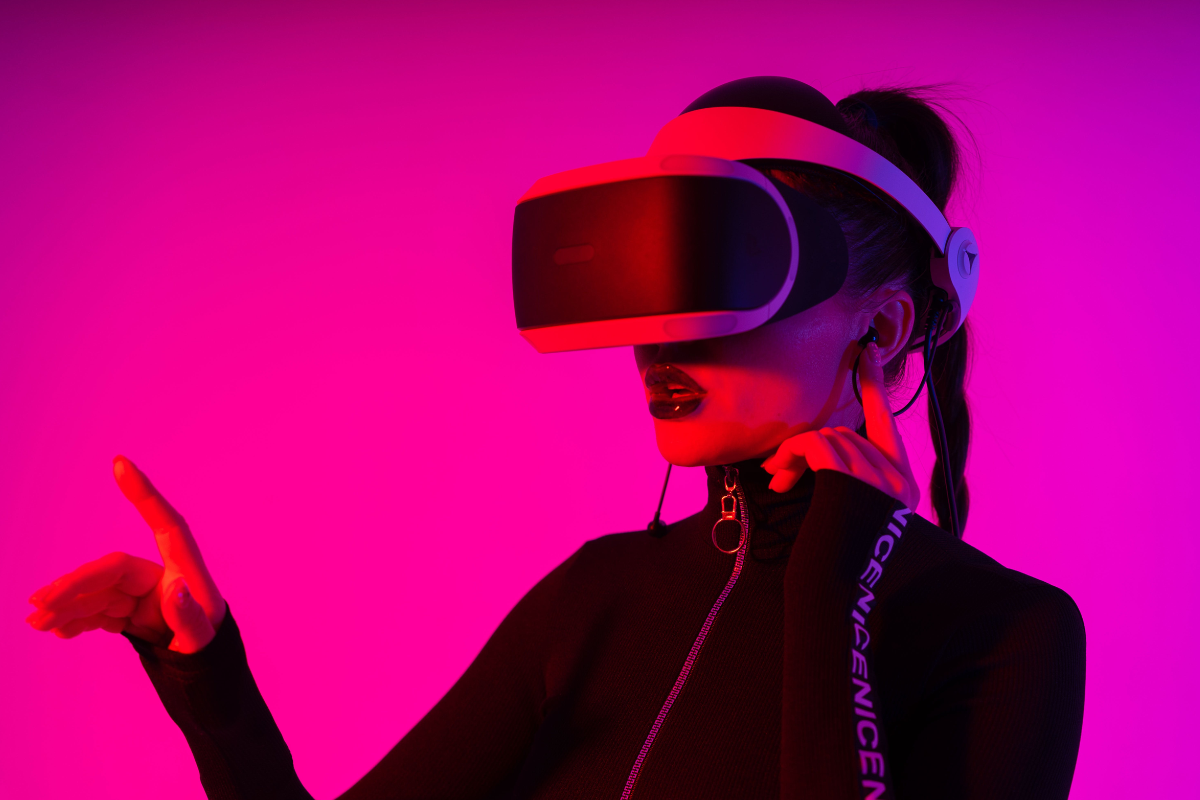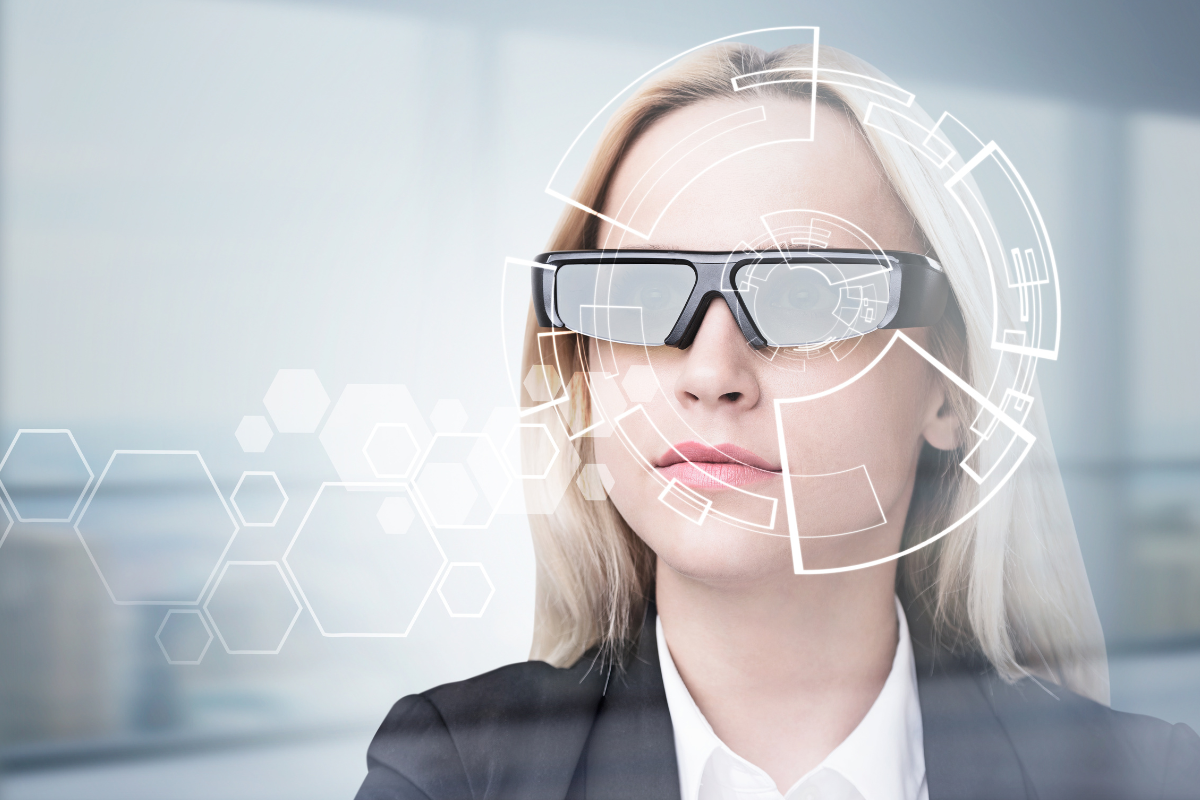
Smart Glasses as 2024’s Biggest Wearable Tech Trend
Posts by StephenOctober 26, 2023
Over the past years, wearable technologies have become more commonplace and in much subtler ways than one might think.
As gadgets become smaller and more integrated into our daily lives, it makes sense that we would start wearing them rather than bringing them around.
Aside from smartwatches that help people monitor health factors and physical activity, smart glasses have become increasingly popular among businesses and consumers.
Data from Absolute Reports indicate that the global smart eyewear market is expected to reach $160.7 billion by 2028.
Smart glasses wearers use the device as an operating system to help automate tasks such as adding schedules and navigating maps.
Smart glasses can also help you capture photos and videos, make video calls, and communicate with people wirelessly.

Other advanced forms of smart glasses also have AR technology that can virtually augment information or an interface using the glasses.
In our “How To Use AR For Your Next Social Media Campaign” post, we highlighted how businesses and brands use tech such as AR as part of their marketing campaigns and customer experience strategies.
For example, some brands use AR for virtually testing beauty products, while others may use the tech as a virtual try-on feature.
However, as technology continues to innovate and improve, we can expect to see wearable smart glasses being used daily. Below, we’ll explore some of the smart glasses trends to watch out for in 2024:
Fashion And Function
In its early days, smart glasses were not known for their best design. The original smart glasses were bulky and slightly tackier in design to fit all the built-in technologies.
However, more brands have innovated and adapted newer and smaller microchips to fit more functions into less form. As a result, smart glasses now balance fashion and utility and can be used subtly in everyday life.
The new aptly named Ray-Ban Meta — a collaboration between the American eyewear brand and tech giant Meta — makes use of iconic Ray-Ban sunglasses such as the Wayfarer.
The Ray-Ban Meta can capture images and videos and live stream. Banking on the eyewear brand’s much-loved frames and designs, the smart glasses can be worn and used anywhere without making its wearer look out of place.
AI-powered Personal Assistants
Another rapidly growing trend among smart glasses is the use of built-in artificial intelligence.
Aside from being able to augment information for its wearers, most smart glasses also have built-in speakers and mics that make the eyewear work like wireless headphones.
Instead of visually displaying data, the smart glasses provide information via audio.
One critical use case for this is using the smart glasses as a small-sized AI-powered personal assistant wherever you are.
Solos’ new AirGo3 smart glasses makes use of conversational AI ChatGPT and Smart Hinge technology.
This lets wearers ask questions and perform tasks by simply speaking instead of pulling out a phone to type.
Wearers can use the eyewear like they would use ChatGPT, such as summarizing specific topics, retrieving recipes, and gaining other necessary insights.

Smart Home Integration
Finally, another rising trend in smart glasses is smart home integration. Like other wearable technologies, such as smartwatches, smart glasses can be developed to work alongside gadgets such as your smartphone or other devices in a smart home system.
While most smart glasses today mainly connect to smartphones or tablets via an app, they may expand in the future and be able to integrate with a broader range of devices.
Lucyd Lyte recently released the Lucyd Bluetooth glasses, which acts similar to Bluetooth speakers and smart home hubs.
While people typically perform smart home actions through Siri or Google Voice, Lucyd glasses wearers can automate smart home tasks via voice commands.
This includes basic smart home tasks such as automating lighting or heating, playing music, or activating other entertainment systems — all hands-free and without needing to use your smartphone.
Ultimately, the potential for smart glasses remains endless. As we continue to see emerging technologies such as AR, conversational AI, and smart home integration be adopted into smart eyewear, we’ll be able to see newer and more advanced features in future products.
At the same time, tech brands are also investing in making these wearable techs more wearable compared to their older, bulky counterparts that look like they came straight out of science fiction movies.
Once the tech hits the mainstream, like the smartwatches we see today, it’ll be interesting to see how future smart glasses transform how we interact with each other and our environment.
